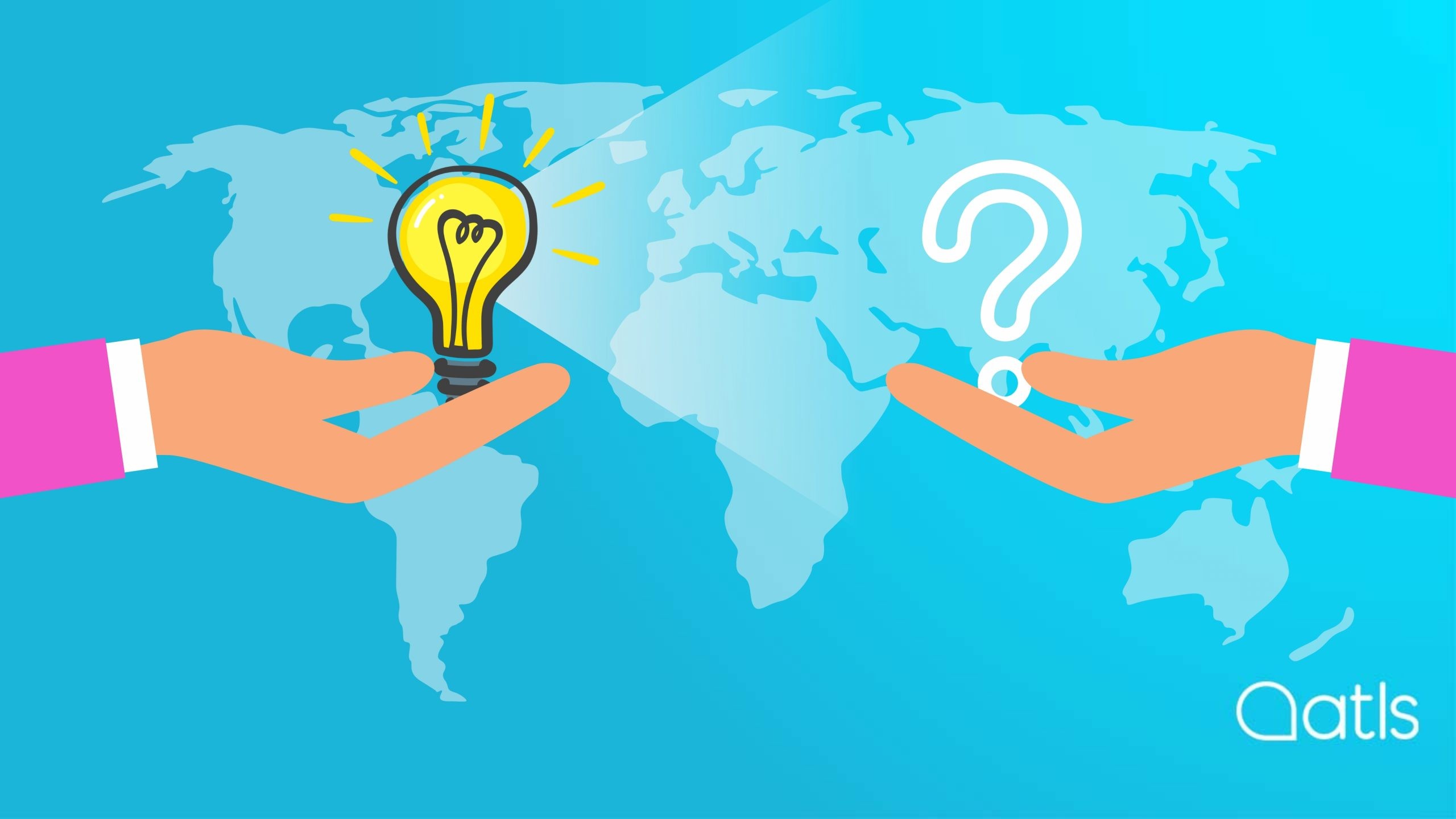Transcreation, copywriting and localisation - What's the difference?

The concepts of transcreation, copywriting and localisation may share certain similarities, but they are different - and this can often cause confusion. Transcreation, copywriting and localisation all have a marketing focus to varying degrees. Keep reading if you want to know what they all are... and more importantly, when you need them!
What is copywriting?
The quick answer is that copywriting is a type of creative writing that'll help you sell more. Let's go a little deeper. Copywriting is a concept that involves any kind of creative writing that inspires you to take action, whether for advertising, marketing or content marketing purposes.
Copywriting motivates the reader to take a specific action, which could be to buy or download something, or set up a subscription, etc. Whereas traditional writing has the function of reporting or communicating, copywriting uses calls to action and other strategies to optimise content.
Copywriting is about creating attractive texts to stir up emotions, engage and convince the reader or capture a customer: ultimately, it's text that sells. As you well know, over the course of a day we all see and read hundreds of sentences, thousands of words... everything is online and standing out equals mission impossible. Unless that is, browsers find distinctive content that will attract their attention and compel them to keep reading. Copywriting has the WOW factor!
Are copywriters content writers?
Many copywriters come from the world of journalism and/or digital marketing, and have been specifically trained in copywriting. Being able to write well and be creative isn't enough - they need to have mastery of a number of techniques that will persuade readers to do something specific: fill in a form, subscribe to the company's newsletter, buy a product, etc. What's more, copywriters specialise in a specific area such as fashion, technical writing, marketing, etc.
Content writers are professionals who focus on writing for websites or blogs about different topics, always with SEO in mind. The aim of content writers is to produce interesting online content for readers, but above all, text that seduces the 'all powerful' Google.
What is transcreation?
If you analyse the word itself, you'll see the prefix trans means 'beyond'. Applied to translation, you could say it's something that goes 'beyond' a literal word-for-word translation. Transcreation translates concepts, ideas, feelings, and reactions, and essentially adds a creative process to translation, bringing the translation closer to the target audience and its culture. The end goal? For the target audience to receive exactly the same message as conveyed by the original source language, even if this means the texts are quite different in each language. Ultimately, what counts is portraying the same message in another language, with the same context, intention and objectives behind it.
If you want to increase your sales in another market, one of the key points to consider is making sure you have in-depth knowledge of the country you want to sell your products in. When you use the right transcreation techniques, your target audience will feel more of a kinship with your ideas - you'll be showing them you care, and they'll feel more at home. It can undoubtedly give you a boost in the direction you want to go in: successfully internationalising your business and increasing sales.
When is transcreation used?
Transcreation is usually applied to the field of advertising, given that the concepts that work in one country may not have the same impact in other countries. Many brands' advertising campaigns have given them serious headaches, precisely because the campaigns haven't been adapted to the target country.
Beyond marketing, you'll also find transcreations in video games, the audiovisual sector, and all international film productions and series.
What is localisation?
Localisation consists of a translation in which the content has been modified to make the text comprehensible for users in the target language. Localisation means redesigning the whole structure of a website. Adapting the web content to the target market, adjusting the features according to the culture of the market and even changing pictures, colours and graphic design... all of which makes the translator's work more complex.
Website localisation is vital to any business seeking to move into international markets. Adapting content to the target market may have a major impact on web traffic and, as a result, in the positioning of the website and sales.
When is localisation used?
Localisation is generally used to adapt websites, online shops/e-commerce, and mobile apps. Content and products are then offered in the language of the new market, at the same time as working to improve international SEO - meaning foreign customers will find the brand or product when carrying out common organic searches. Mango found itself at the centre of a scandal in France because it didn't localise its online store - it decided to sell its 'slave' bracelets collection without checking what they were called on the French market.
Localisation is also particularly prominent in the video game sector, for both the dialogues used in games and promotional strategies. And it's common in the audiovisual sector too (images, promotional videos, and dubbing or subtitling) as well as the world of software, which is often implemented across a number of very different countries. And as well as its more linguistic applications, localisation comes into product packaging, and even food. It's what some fast food chains have always done when venturing into new markets.
I need transcreation, copywriting or localisation
At ATLS, our transcreation, copywriting and localisation services can help you conquer new markets. Let's talk!




